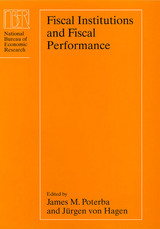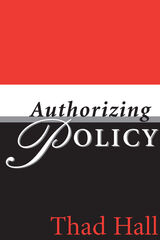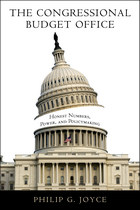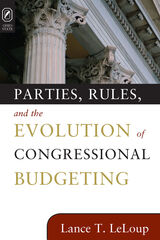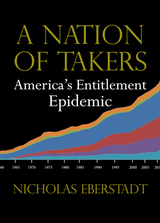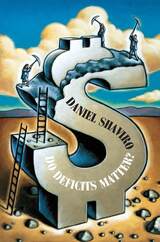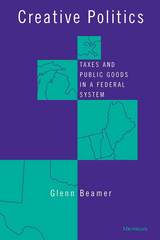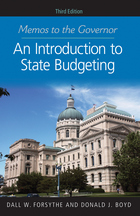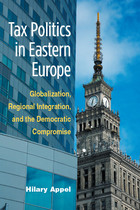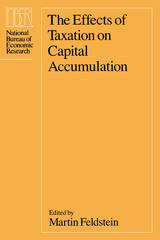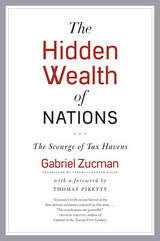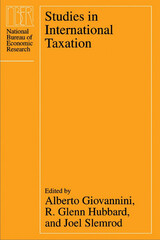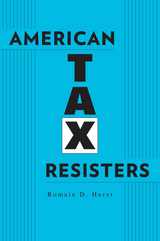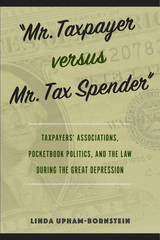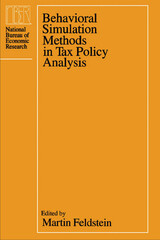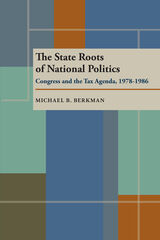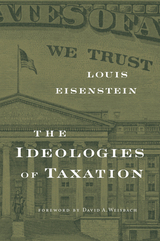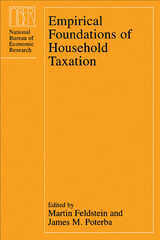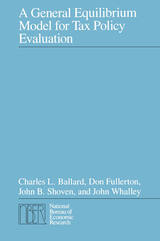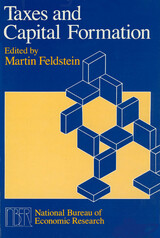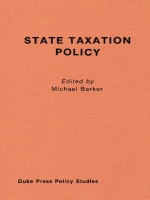Cloth: 978-0-674-86832-8
Library of Congress Classification HJ2305.S88 1985
Dewey Decimal Classification 336.2
When Daniel Webster commented that the two certainties were death and taxes, he could not have imagined all the ingenious ways governments could tax and spend, though leaving this earth has changed not at all.
The tax expenditure concept is one of the newer methods of tax policy analysis that has been reshaping fiscal and monetary plans of governments. A tax expenditure is a financial benefit provided through the tax system. Whether for obsolete machinery in a factory, payment of real estate taxes, or childcare for a working mother, a special tax break is a tax expenditure. The tax expenditure concept was introduced to the Treasury Department in 1968 under the direction of Stanley Surrey and was described in his landmark book Pathways to Tax Reform. In this new book, the authors analyze the development of the concept since 1973, during which time applications of tax expenditures have expanded rapidly and new dimensions have emerged for even wider usage.
The United States prepared special analyses of tax expenditures in 1975 and Congress made the tax expenditure budget a part of the Tax Reform Act of 1981. Other countries now use the tool for analysis and budgeting, and a tax expenditure budget seems to be a permanent fixture in government planning. Recent U.S. tax expenditure budgets have increased by as much as 179 percent, while taxes collected through direct legislation have risen only 14 percent. Surrey and McDaniel focus on the impact of the tax expenditure notion on budget policy and tax policy and administration, and on how governments can decide between tax expenditures or direct spending to implement programs.
See other books on: Law | Surrey, Stanley S. | Tax expenditures | United States
See other titles from Harvard University Press


